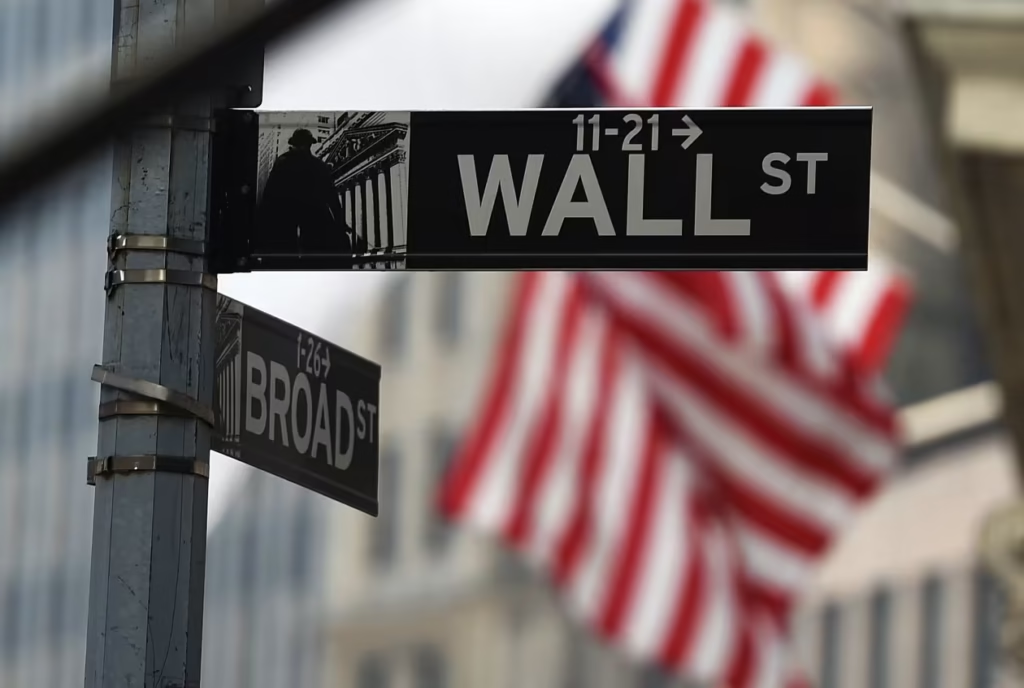On Monday, bank stocks concluded a robust first half of the year, following a positive outcome in the U.S. Federal Reserve’s annual stress test.
Following its evaluation of bank balance sheets, the U.S. Federal Reserve declared that the country’s banking system will continue to function normally even in the face of a simulated recession on Monday, the first day of regular trade.
According to KBW analyst David Konrad, the Fed’s stress test findings “were remarkably strong” because the group’s preprovision net revenue increased and counterparty trading losses decreased.
According to Konrad, estimates for stress capital buffers—money that banks need to have on hand in case of financial system shocks—will decline more than those for other banks for Goldman Sachs Group Inc. (GS), Wells Fargo (WFC), and M&T Bank Corp. (MTB).
This could free up funds for lending, share buybacks, or dividend payments to shareholders.
According to Konrad, JPMorgan Chase & Co. (JPM), Citigroup Inc. (C), and Bank of America Corp. (BAC) all performed well in the Fed’s stress test.
Goldman Sachs was “the big winner” because of its “much better-than-expected” rise in stress capital buffers, according to Citi analyst Keith Horowitz.
Goldman’s accomplishments included improved credit-card performance, decreased trading and counterparty losses, and an increase in banks’ preprovision net revenue, he said.
With a 2.5% increase for the third consecutive record close, Goldman’s stock (GS) was the top gainer among the six largest banks in the United States by market capitalization on Monday.
As of 2025, the stock has increased 23.6%. That is significantly higher than the 3.5% gain by the Dow Jones Industrial Average DJIA and the 5.1% increase by the S&P 500 index SPX and the Nasdaq Composite Index COMP.
Daniel Fannon, an analyst at Jefferies, predicted that the 16 biggest banks in the Fed’s stress test would see an average decline of 100 basis points in common equity tier-one ratios, which include stress capital buffers.
The largest declines in Jefferies’ banking coverage will be 240 basis points for Goldman Sachs’ common equity tier-one ratio and 120 basis points for M&T Bank’s ratio.
Although Wall Street analysts are already predicting that the banks would need less stress capital buffers, these numbers won’t be confirmed until August.
In actions that could change their ultimate stress capital buffer needs, banks might modify their dividend hikes or ask regulars to reconsider them.
Chris Kotowski, an analyst at Oppenheimer, stated that it is unlikely that reduced capital requirements will result in immediate financial gains for shareholders.
“Capital has generally not been the gating factor in decisions about deploying capital for customers,” Kotowski stated in a research report. “Banks won’t go crazy with buybacks, in our opinion. Before they embrace these measures as the new normal, they will want to see them continue for another year or two.
In the meantime, Monday saw financial stocks continue their upward trajectory, capping off a robust first-quarter showing.
The shares of JPMorgan Chase & Co. (JPM) increased by 1%, setting a new closing record and increasing its 2025 gain to 20.9%.
The shares of Wells Fargo & Co. (WFC) increased by 0.9% on Monday, closing 1.4% below its record finish of $81.42 on February 6, 2025. This year, it has increased by 14.1%.
The stock of Citigroup Inc. (C) increased 0.9%, bringing its year-to-date gain to 20.9%, while the stock of Bank of America Corp. (BAC) increased 0.4%, bringing its gain to 7.7%.
While Morgan Stanley’s stock (MS) has risen 12% so far this year, it increased by just 0.1%.
With a 0.8% gain on Monday, the Financial Select Sector SPDR ETF XLF was on track to conclude at a record closing. In 2025, it has increased by 8.4%.





